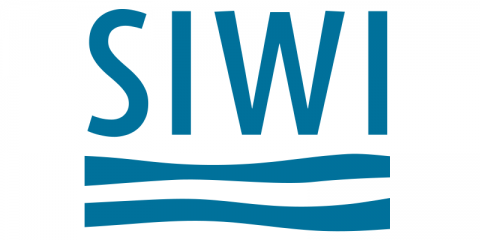Foundations for Source to Sea Management
2019 - 2020 • Stockholm International Water Institute (SIWI)
Purpose
To establish the foundations for source-to-sea management in two locations (Ethiopia and Vietnam), to expand practical guidance, methods and tools
Activities
Source-to-sea management considers the entire source-to-sea system – stressing upstream and downstream environmental, social and economic linkages and stimulating coordination across sectors and segments.
The project consists of three components:
1. Component 1: Foundations for Source-to-Sea Management
2. Component 2: Developing Source-to-Sea Knowledge Resources
3. Component 3: Outreach and Dissemination
Two pilots (in Ethiopia and Vietnam) will increase knowledge of priority challenges constraining sustainable development and will build local capacity for addressing those challenges. They will strengthen awareness of the linkages between upstream and downstream activities and their impacts. The projects will also set the conditions for taking a holistic approach to natural resource management and economic development. While the pilots will be limited interventions, they will leave the local stakeholders with indications of the way forward.
This work will deepen our understanding of the opportunities and challenges associated with implementing source-to-sea management, which can strengthen the guidance provided to practitioners beyond the pilot sites. Practical guidance, methods and tools will be developed through pilot testing the source-to-sea approach and results and learning will be broadly disseminated.
The guidance presented in “Implementing the Source-to-Sea Approach: A Guide for Practitioners” (Mathews et al., 2019) will be used and expanded upon. This will lead to progress toward sustainable development, realized through strengthening the linkages between SDG 6 and 14 and will leave the pilot locations with the foundations for improved coordination on holistic natural resource management. By placing the local pilot activities within the context of longer-term programmes and national processes, the project will leverage its impact to effect broader outcomes.
Countries of activity
Location of main activity
Objectives
- Establish the foundations for source-to-sea management in two locations
- Expand practical guidance and methods through pilot testing the source-to-sea approach
- Capture and disseminate results and learning nationally, regionally and globally.
Further information
Source-to-sea management considers the entire source-to-sea system – stressing upstream and downstream environmental, social and economic linkages and stimulating coordination across sectors and segments. Traditional governance frameworks are often structured around individual segments of a source-to-sea system and/or focused on one sector, making them poorly suited tool for managing the source-to-sea system as a whole.
Resource management tends to also be dealt with segment by segment, or sector by sector, aiming for outcomes that may or may not be optimal for the entire source-to-sea system. This can result in benefits for one sector, or in one source-to-sea segment, having negative consequences on another. These consequences are often not adequately accounted for in governance and practice and source-to-sea management can combat this by widening the perspective to include upstream and downstream linkages.
Contact information
Ruth Mathews
Login to see the e-mail-adress of the contact person.
Josh Weinberg
Login to see the e-mail-adress of the contact person.
Filter tags
Capacity development East Asia & Pacific Enabling environment and institutional strengthening German government Global Sub-Saharan Africa University, education or research institution
Links

Uploaded by:
SuSanA Admin (susanaadmin)















